Congestion Deficiencies
Background
Congestion limits the effectiveness of previous roadway investments, delaying travelers, increasing the risk of vehicular crashes, and degrading regional air quality. As vehicle volume on a corridor increase, the number of people passing through a corridor grows, until a point where the road becomes saturated and reaching its highest capacity. Any additional vehicle volume decrease the person throughput of the roadway, referred to as the capacity cliff.
Calendar year (CY) 2022 Congestion deficiencies
Arterial Congestion
Arterial segments are considered congested when the average speed falls below 18 MPH for at least 15 minutes during AM Peak Period (6:30 AM - 9:30 AM) or PM Peak Period (3:30 PM - 7:00 PM) on at least 65 of 260 weekdays per year (25% of a year).
Planning Time Index
The planning time index represents how much total time a traveler should allow to ensure on-time arrival 95% of the time (Adequate 19 out of 20 Days). The planning time index compares near-worst case travel time to a travel time in light or free-flow traffic. For example, a planning time index of 1.60 means that, for a 15-minute trip in light traffic, the total time that should be planned for the trip is 24 minutes (15 minutes x 1.60 = 24 minutes).
Click play button at bottom left of map to watch the visualization
Freeway Congestion
Freeway congestion compares travel speed in congested times to free flow travel speeds. This measure is limited because it does not describe the reliability of the corridor, which is what travelers actually plan for when making travel decisions.
Click play button at bottom left of map to watch the visualization

